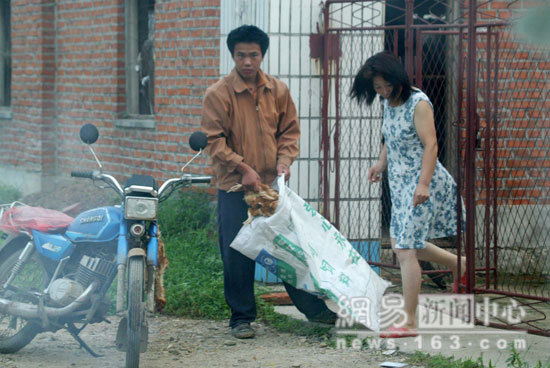
Are you seeing more and more food from China in your supermarket? Have you noticed you can’t buy a single package of fish that isn’t from Asia? Do you think your food from those countries is processed in a sanitary manner, and thus safe to eat? Unlike the U.S., Canada, and Europe, China does not have laws regulating food processing. Many companies are using Hong Kong addresses for products from other countries to avoid this type of image reputation. Remember that Wal-Mart, Carrefour and all other big super markets are the largest buyers of Asian products.
Avoid buying all processed food packaged in China. Anything goes! We just don’t know what else is in those packages.
The whole world is scared of China made ‘black hearted goods’. Can you differentiate which one is made in the USA, Philippines, Taiwan or China? For your Information … the first 3 digits of the barcode is the country code wherein the product was made.
It is our human right to know, but the government and related department never educate the public, therefore we have to RESCUE ourselves. Nowadays, Chinese businessmen know that consumers do not prefer products ‘Made in China’, so they don’t show from which country it is made. However, you may refer to the barcode.
00 to 13 – USA & Canada
30 to 37 – France
40 to 44 – Germany
49 – Japan
50 – UK
57 – Denmark
64 – Finland
76 – Switzerland and Lienchtenstein
80 to 83 – Italy
93 – Australia
471 – Taiwan (Boycott)
480 – Philippines (Boycott)
489 – Hong Kong (Boycott)
628 – Saudi-Arabien (Boycott)
629 – United Arab Emirates
690 to 695 – China (Boycott)
729 – Israel (Boycott)
740 to 745 – Central America
869 – Turkey (Boycott)
880 – South Korea
885 – Thailand (Boycott)
888 – Singapore
890 – India (Boycott)
893 – Vietnam (Boycott)
899 – Indonesia (Boycott)
955 – Malaysia
Those not marked with “Boycott” are safe to buy. To see the full list, click here.
Be careful though. Some products may be just assembled in a country. A hypothetical example: France, imports those ugly dead chicken from China, and will only pack/assemble them. The final product you will see in your market will be labeled “Made in France” and you could regard it as “safe”. There are many tricks out there that you need to be aware of.
Now read on below for specifics on “goods” from China to protect yourself, your family, and your friends.
DO NOT BUY FOOD PROCESSED IN ASIA!!! Remember, no food inspection!
How many of you have heard of the huge scandal over Asian imported fish cans? In Shocking Asia documentary we can clearly see that in Asia, they sometimes throw their dead into the rivers, the fish eat the dead rotten people. Then, they go to fishing, make fish cans and export them all over the world. For more on contaminated Asian fish cans, read these sources: 1, 2, 3, and 4.
WATCH WHAT YOU BUY. ESPECIALLY HIGHLINER FISH PRODUCTS; all come from China , even though the box says ‘ product of Canada ‘, it is from China and ‘processed’ in Canada , that is, the coating is added and packaged in Canada only! The fish are raised in pens using chemicals that are banned in Canada as cancer causing but legal in China. This was exposed on CBC TV’s Marketplace .
This one will make you think before buying anything from China .
The following undercover pictures speak a thousand words.
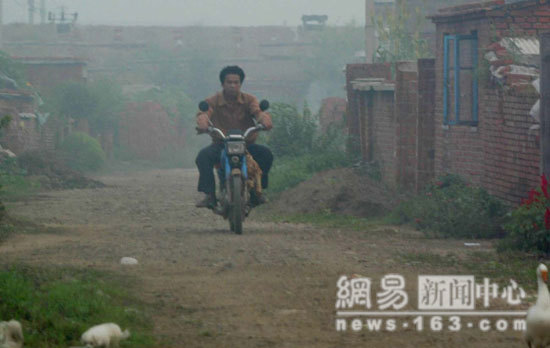
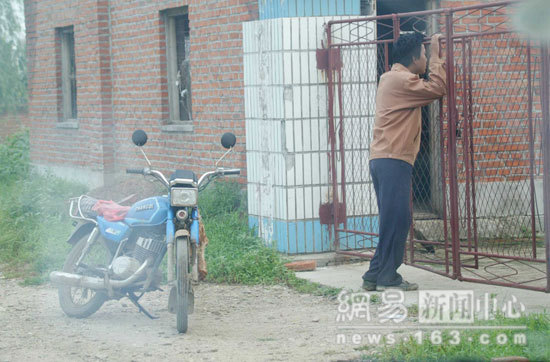

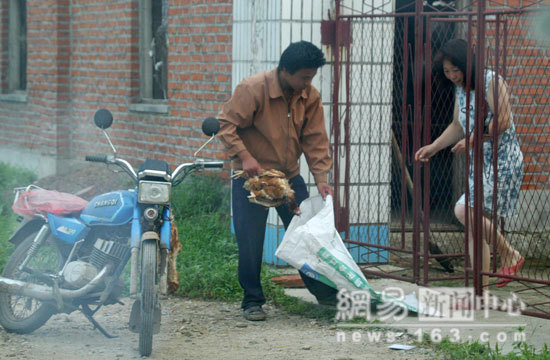
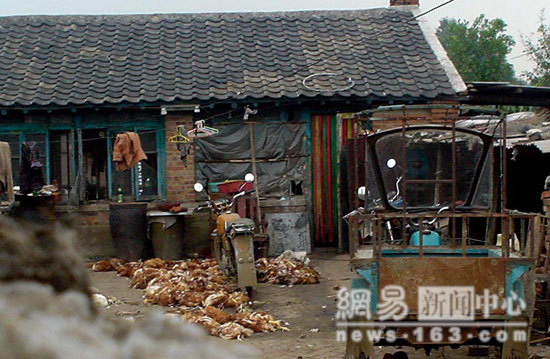
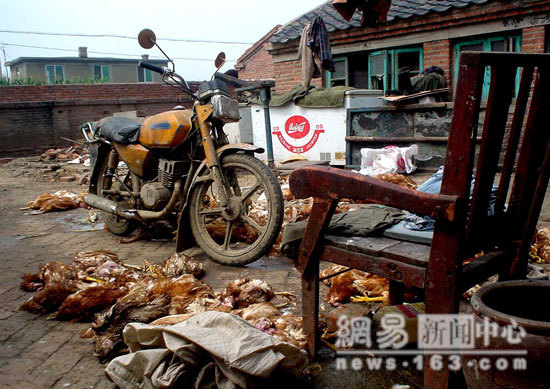
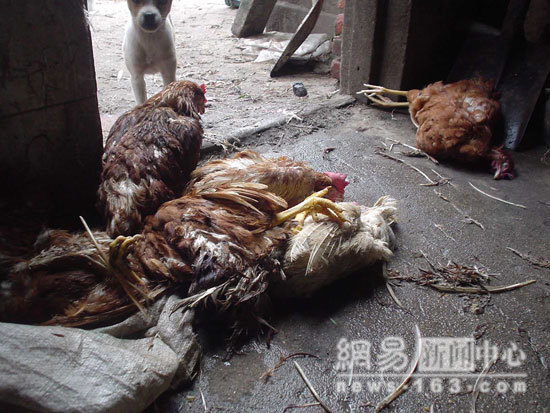
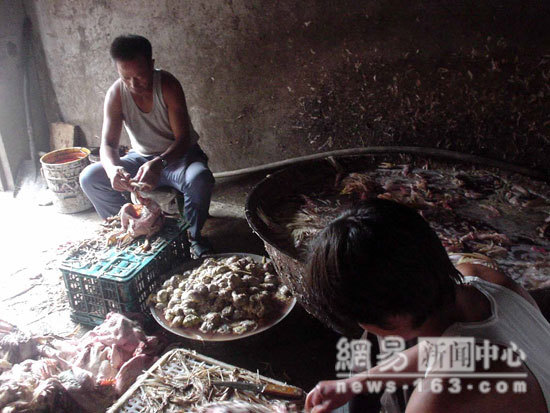

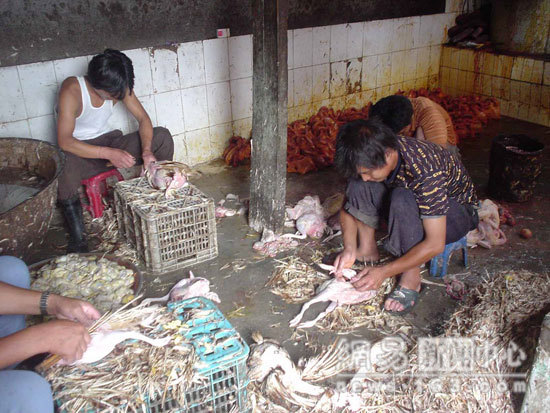
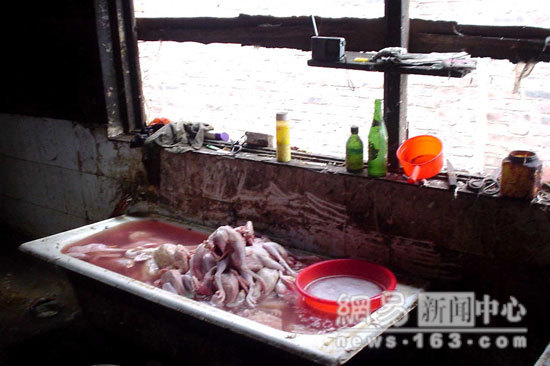
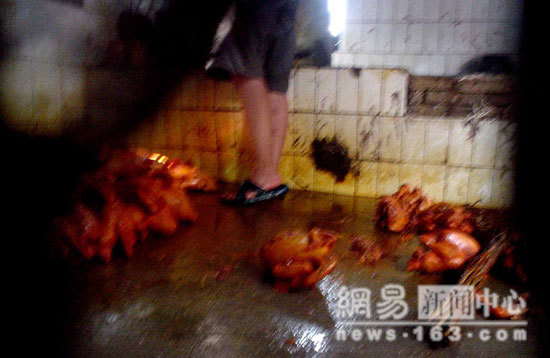
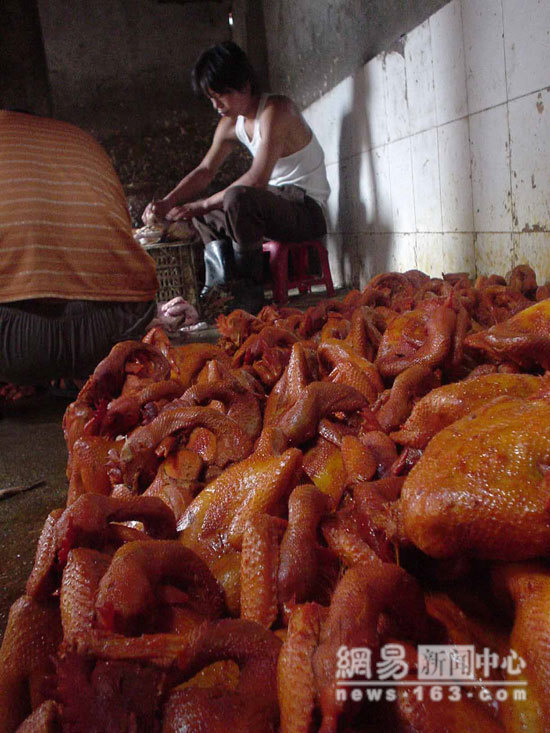
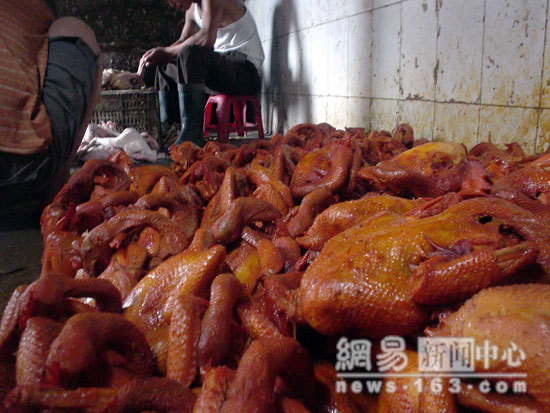
Send to as many people as possible. Do NOT buy food originating in Asia! Take the time to read the labels and look for country of origin! Stop buying anything from Asia. PERIOD!
Now aren’t you hungry, especially for Chicken, hold you nose? One can only guess what transpires in the Fish Packaging venues. Fabulous fragrance there, wouldn’t you think? ?
Most of you didn’t know about the Bar Codes. This is yet just another bunch of crap Americans and Europeans have to keep track of & remember, thanks to who? FDA is there to help us, same as the CDC, yeah right… So did these agencies bother to tell the public about this Bar Code scenario, I know I never learned about this from them? Now why would that be? Follow The Money Trail $$$$$$$$$$, it’s long.
RELATED ARTICLES
- UK Warns that China is Preparing for Total Nuclear War with the West
- Russia & China Plan Building Nuclear Power Plant on the Moon
- China expands Social Credit Score to include Central Bank Digital Currencies
- Chinese people angry after government announces Lockdowns for Common Flu
- Florida Doctors To Warn Patients They Could Suffer Heart Attack After Covid Jab












I feel that as a pet owner….I have been duped by our govenment to believe that my pets food is as good as it gets. You tell me , as a pet owner, can you truly justify the lost of a pet…no a family member tru and loyal over DEAD CHICKENS contaminated with chemicals ? I put forth that our FDA immediatly ban Waggon Train and Milo’s Kitchen’s products from US markets and have Wal Mart, Dollar General, and all the discount stores face law suits for the sickness and deaths of thier customers pets.
I am from India and I say I would eat that chicken. It looks tastey! so chinese can export that chicken to my country, I will buy it!
the insurgent
yes we do that!!!! we throw dead peoples into rivers, is there a problem with that? but we are not only ones from Asia who do that! they do that in Thailand too!
Remember that ‘white’ executives from New Zealand’s Fontera company were involved in the China operation of their company which processed and packaged milk contaminated with melamine. Chinese local employees have been punished for this but the relevant Fonterra executives from New Zealand have not beeen punished. What is the use of these highly paid ‘white’ executives if they know, and are responsible for nothing?
Why on earth would you boycott ISRAEL for food standards (better than EU, US) and NOT boycott SINGAPORE — another word for CHINA? Internet Kooks
Here is an interesting report
PR09-07-192 July 27, 2009
Contact: Press Office (212) 669-3747
THOMPSON: RESTAURANT INSPECTION FAILURES WILL NAUSEATE NEW YORKERS
-Agency failed to inspect 1 out of every 5 permitted restaurants-
View Audit
The Department of Health and Mental Hygiene (DOHMH) is not inspecting all of New York City’s permitted restaurants and is failing to follow up in a timely manner with all restaurants that have failed inspections to ensure that health code violations are being remedied, according to a new audit by New York City Comptroller William C. Thompson, Jr.
“The thousands of restaurants in New York help to create our unique, culturally diverse, and dynamic City,” Thompson said. “However, what we found may give New Yorkers pause the next time they decide to go out to eat. It is deplorable that many restaurants are not being inspected, and that many which have failed numerous inspections are allowed to remain open.”
Thompson added, “The Health Department is charged with protecting the health and well-being of New Yorkers, but, unfortunately its internal controls for ensuring that health code violations at restaurants are corrected in a timely manner were found to be flawed. For the health and safety of all New Yorkers, they must be strengthened.”
Thompson’s audit of DOHMH – available at http://www.comptroller.nyc.gov – covered Fiscal Year 2008 and exposed that DOHMH:
Did not inspect more than 22% of permitted restaurants in Fiscal Year 2008, even though its internal regulations state that these inspections should be done once a year to ensure the ongoing safety of food service operations.
Failed to follow up with restaurants that failed at least one sanitary inspection in a timely manner.
Kept inadequate documentation on why restaurants with multiple failed sanitary inspections were allowed to remain open.
Does not adequately track its inspectors or supervisors to ensure that inspections are being properly conducted and monitored.
DOHMH is charged with protecting and promoting the health and mental well-being of all City residents through health-promotion and disease-prevention programs, and through the enforcement of City health regulations. The DOHMH Bureau of Food Safety and Community Sanitation (BFSCS) is the unit responsible for enforcing the City Health and Administrative Codes, the State Sanitary Code, and various local laws of the City of New York.
BFSCS educates the public about food-borne illnesses and regulates, issues permits to, and inspects a variety of food service establishments (FSEs), such as restaurants, mobile food units, and senior-center and school cafeterias. An FSE is a place where food is provided in individual portions directly to the consumer to be eaten on or off the premises.
BFSCS’s main responsibility is to inspect FSEs in an effort to protect the public’s health and safety. These inspections are conducted by Public Health Sanitarians (PHSs), who are trained public health professionals with college degrees who have earned at least 30 credits in the physical sciences.
PHSs conduct unannounced inspections of FSEs. During an inspection, the PHS inspector evaluates the FSE’s conditions and practices and identifies risk factors for food-borne illnesses. Based on inspection results, the PHS may issue a Notice of Violation (NOV), which is an administrative summons for a violation of the City Health Code, the State Sanitary Code, or other applicable laws.
During Fiscal Year 2008, BFSCS conducted 79,170 inspections in 32 different types of facilities. For this audit, Thompson’s office reviewed one type of facility – restaurants – for which there were 61,848 (78%) inspections during that period.
Thompson’s audit charged that more than 22% of permitted restaurants operating in Fiscal Year 2008 were not inspected by DOHMH. In a randomly selected audit sample of 42 of these restaurants, only 36 had been inspected as of February 13, 2009. Of these, 14% failed their first inspection. The time between the prior inspections in Fiscal Year 2007 and the subsequent inspections in Fiscal Year 2009 ranged from 380 days to 699 days, with an average of 538 days.
“It is possible that the conditions at these restaurants leading to the failed inspections had been allowed to continue for a very long time without detection by the Department,” Thompson said. “Consequently, there is an increased risk that unsanitary conditions at restaurants continued for long periods of time without detection, which in turn increase the likelihood that food-borne illnesses could occur.”
Thompson’s audit found that, during Fiscal Year 2008, 5,838 restaurants failed at least one sanitary inspection. A sampling of 62 restaurants revealed that DOHMH did not conduct a follow up compliance inspection for 2 of them. Furthermore, 20% of these restaurants received a compliance inspection more than the mandated 45 days after the failed initial inspection.
“It is important to ensure that compliance inspections are performed timely,” Thompson said. “Otherwise, the danger that food-borne illness could occur as a result of unsanitary conditions being allowed to continue is increased.”
Thompson further charged that DOHMH’s documentation was woefully inadequate on why restaurants with multiple failed sanitary inspections were allowed to remain open. While 678 restaurants failed three or more consecutive sanitary inspections in 2008, Thompson’s audit sample of 39 of these restaurants indicated that nearly half of them (49%) were allowed to remain open. However, inspectors did not report in the Department’s system why these restaurants were not subject to closure.
“In one instance, a restaurant was allowed to remain open even after four failed inspections, two of which detected mice,” Thompson said. “By not documenting the reasons for allowing restaurants to remain open, the Health Department is hindered in its ability to oversee and evaluate the appropriateness of these decisions.”
Thompson’s audit uncovered that DOHMH does not adequately track its inspectors or supervisors to ensure that inspections are being properly conducted and monitored. As a result, the agency cannot ensure that its inspectors conduct sanitary inspections in a consistent manner. While variances in inspector scores are not necessarily a sign that inspectors are not performing their jobs correctly, Thompson noted that these variances do merit further investigation to determine their causes.
Furthermore, the audit found that DOHMH is not conducting enough supervisory inspections of restaurants. According to agency regulations, 5% of all inspections should be supervisory. However, the audit demonstrated that only 1.8% of inspections were conducted by supervisors.
“It may be necessary for the Department of Health and Mental Hygiene to make modifications to ensure that inspections are performed in a uniform manner,” Thompson said. “Also, when inspectors know that a supervisor may inspect the same restaurant soon after they complete their inspection, the risk of fraud or corruption in the inspection program is reduced.”
To address issues exposed in the audit, Thompson made several recommendations, including that DOHMH should:
Ensure that all permitted restaurants are given a full sanitary inspection at least once a year in accordance with its procedures.
Consistently conduct compliance inspections of restaurants in a timely manner.
Ensure that those restaurants that have failed three or more consecutive regular sanitary inspections or two or more consecutive Accelerated Inspection Program (Program) inspections are reinspected in a timely manner.
Ensure that reasons for not closing restaurants that fail a minimum of three consecutive regular sanitary inspections or two consecutive Program inspections are documented in the DOHMH tracking system.
Analyze inspection data to ascertain whether significant variances exist with respect to inspection scores given by inspectors. If such variances exist, determine the reasons for the variances and, if needed, make modifications (e.g., increase training) to ensure that inspections are performed in a consistent manner.
Ensure that supervisors conduct supervisory inspections as required to ensure that sanitary inspections are being properly conducted and to minimize the risk of corruption in the inspection process.
###
Be careful what food you buy. Always read the labels. Even dog food is regularly coming from the orient now; especially China. I have a friend who works in a discount store. I went in there one day and saw some really good prices. The dog food was cheap, but most of it was made in China. My friend told me not to buy it. Much of it had been recalled so many times that she said she lost count. She told me one customer brought her dog a raw hide chew and the dog ended up dying. Even after the woman was able to prove that her dog died as a result of the rawhide sold from that National Chain, she has yet been able to collect any damages. The company even refuses to cover the medical care her dog received.
These stores; especially these national chains like Family Dollar, Dollar Tree, Dollar General, etc are buying cheap crap and foisting it on unsuspecting buyers. The food is not governed by the same standards and you never know what you’re getting. This applies to food for human consumption as well.
When buying anything, always try to ensure that it was made in one of the nations of the West. We are the only ones with high standards. You simply cannot trust non-White to do the job correctly. This is especially true of food. There is absolutely NO REASON we should be importing foods from non-Western nations. The nations of the West feed the world.
I still live and work in Asia and “throwing the dead into the river” is practiced entirely in India only. In Southeast Asia (Vietnam, Laos, Cambodia and Thailand) the Catholics bury the dead, the Buddhists burn and keep the ashes in jars, other religions are similar. I never heard or seen anyone throw dead bodies into the river. In fact, now the Vietnamese government – for example – banned all merchants, food services to store or sell food products from the ground. It has to be covered and/or sold from a table, reguralry cleaned. There are now actions to help food products to be more hygienic. Before, it wa sterrible to see that these street-vendors “restaurants” wash dishes in the toilets and leave meat and other perishable foods exposed to sun, dirt.
The rivers in Southeast Asia still very dirty bc people are not educated and garbage disposal due to dense population is not always available in safe manner.
In India and especially in Bangla Desh the food is so dangerous that even the locals die from bacterial and viral diseses caused by dirty, or unhygienic treatment of foods.
Fish are not safe anywhere, even in the USA. The FDA reported that all American fish have higher contamination of mercury, even cadmium and other industrial pollutants than the maximum allowance. The safest fish – so far – Alaskan Salmon, but don’t hold your breath for long on this.
Thailand and Vietnam made lots of laws to protect environment and food supply and police enforcing it as much as they can.